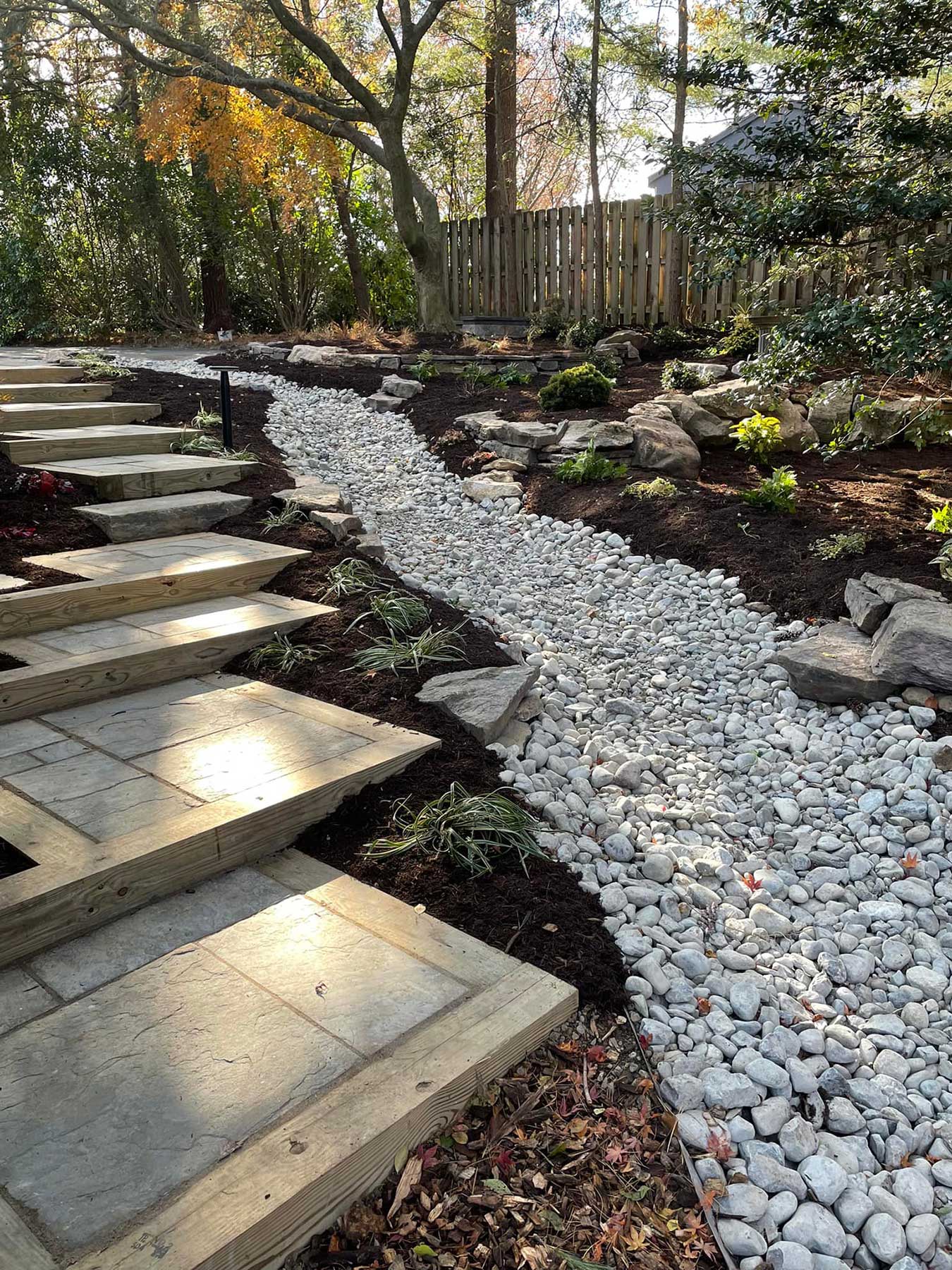Transforming your landscape space into a breathtaking setting can be an incredibly fulfilling project. Regardless of whether you are looking to create a welcoming entryway that improves your street presence or a serene garden oasis for relaxation, the appropriate landscape design can truly change everything. With each season bringing its own special beauty, it’s crucial to think about how your layout will adapt and flourish throughout the months.
In this article, we will explore the beauty of each season through various unique design strategies. From including native plants to employing paved areas, we’ll guide you in establishing a year-round garden paradise. Join us as we delve into the best styles, practical tips, and knowledgeable advice that will enable you formulate a garden that not only reflects your individual taste but also complements your house’s appearance and welcomes the surrounding environment in each time of year.
## Vital Landscape Design Ideas
Creating a gorgeous garden starts with picking the appropriate design elements that reflect your unique style and fulfill your practical needs. One key concept is to include a range of vegetation that flourish in your climate, offering year-round aesthetic appeal. Integrating long-lived plants, one-year plants, small bushes, and large plants can form dynamic strata and structures, making sure your garden is colorful through every time of year. When choosing plants, think about how they complement each other in terms of shade and size, as well as their personal care needs.
Bridging sections in your yard design can enhance usability and look. One efficient way to achieve this is by incorporating hardscaping features like trails, patios, and retaining walls. These components not only lead movement through your outdoor area but also create areas for rest and socializing. Mixing materials that harmonize or oppose effectively with your house's style can establish a consistent style while improving the total allure of your landscape.
Finally, consider the role of garden lighting in changing your space at night. Deliberate illumination design highlights key elements, including large plants, fountains, or art pieces, while also creating a inviting atmosphere. Employing a blend of task, ambient, and decorative illumination can enhance the enjoyment of your outdoor space, letting you to delight in its charm long after the sun disappears. With deliberately integrating these components, you can craft a landscape that delights year-round the year.
Techniques for a Low-Maintenance Yard
Establishing a simple care yard begins with deliberate plant selection. Choose native plants that flourish in your local climate and need limited irrigation and upkeep. These plants are ideal to the soil and weather conditions, encouraging a robust ecosystem while lowering the need for fertilizers and pesticides. Grouping plants with like watering needs conjointly will also help save water and make maintenance easier.
Integrating hardscaping elements can significantly reduce the time and effort spent on yard care. https://arcdesignsd.com/ as terraces, walkways, and border walls not only contribute structure to your landscape but also minimize the area that needs routine upkeep. Consider utilizing permeable materials for walks to enhance drainage and reduce runoff. This combination of hardscaping and strategic planting builds a well-designed design that is both functional and attractive.
Finally, applying mulch is a crucial technique for achieving a low-maintenance yard. A generous layer of mulch helps hold soil moisture, manage weeds, and moderate soil temperature. It also adds an eye-catching finish to garden beds. By putting down mulch frequently and maintaining it each season, you can create a gorgeous and practical outdoor space that demands little intervention throughout the year.
Sustainable and Affordable Solutions
Creating a gorgeous landscape does not have to break the bank or harm the eco-system. One successful approach to designing a beautiful landscape is to emphasize local plants. These species are intrinsically adapted to the area's climate and soil, demanding less water, fertilizers, and maintenance. By incorporating local plants, you can create a rich garden that aids regional wildlife while minimizing your ecological footprint.
Another sustainable solution is the use of hardscaping elements made from recycled materials. Items like recycled brick, stones, or pavers can add character to your outdoor space. They not only provide functional pathways and seating areas but also minimize the impact of new materials on the eco-system. Additionally, these features can create low-maintenance zones in your garden, helping you conserve both time and money in garden upkeep.
Finally, consider implementing water-saving techniques to create a more sustainable and cost-effective garden. Trickle irrigation systems or collecting rainwater can significantly lower water usage. Covering around plants helps keep moisture in the soil, minimizing the need for frequent irrigation. These methods not only contribute to eco-friendliness but also enhance your outdoor space's overall health and aesthetic, making it a pleasure to spend time in year-round.

